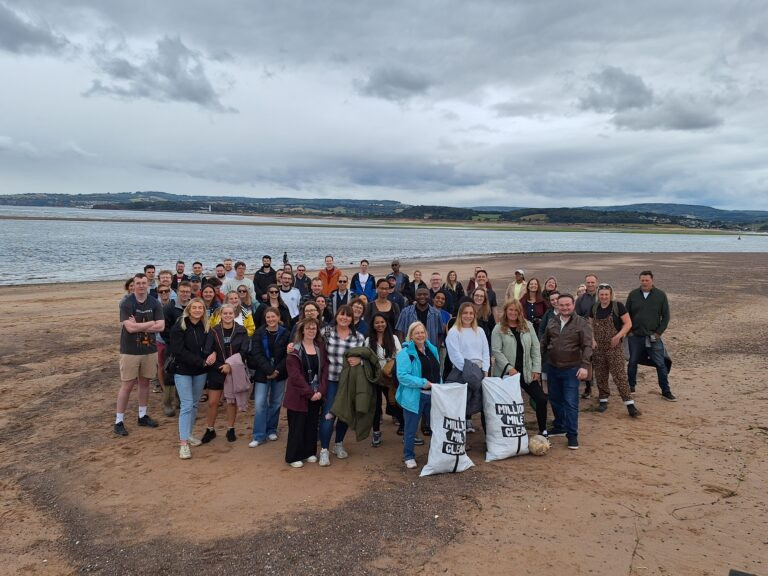News
Stay up-to-date with the latest updates, insights, and developments from us. Here, we share important company news, thought leadership, industry trends, and the exciting strides we're making in the world of sustainability.


AES shortlisted for Best Assessor Company at the BREEAM Awards 2025 for excellence in sustainability.

BRE releases BREEAM UKNCR V6.1 - AES offers expert support for residential sustainability projects.

Join AES's free webinar: What We Know About HEM – May 14th, 30 mins, non-technical.

We are delighted to share some additions to our Senior Leadership Team at AES.

We are pleased to announce some exciting updates to our Senior Leadership Team at AES Sustainability Consultants.

AES wrapped up 2024 with some festive fun at The Hall, Exeter!

At AES, we have been celebrating another major achievement recently after being awarded ‘Product of the Year’ at the Housebuilder Awards 2024 for the innovative AES Hub and Siteview!

Introducing AES SiteView, the ultimate photographic evidence app designed to streamline compliance with Part L of the Building Regulations 2021.

AES Sustainability Consultants kicked off the “summer” in true British style with our annual Summer Social event in the beautiful (if slightly damp) Exmouth last Friday. Who said you need sunshine for a beach day?

AES are thrilled to have been awarded ‘Best Business Product’ in the Housebuilder Product Awards for our integrated digital data hub and on-site photographic evidence app.

AES Sustainability Consultants Limited is proud to announce its achievement of the Bronze Award in the Financial Times UK Leading Management Consultants 2024.

After two years of development and the completion of several plots, Keepmoat showcased the progress made in aligning with the FHS objectives.

The Future Home Standard and Home Energy Model Consultation Workshop brought together a diverse array of industry experts.

AES Sustainability Consultants wrapped up 2023 with a Christmas get-together in Exeter.

The Future Homes Standard and Future Buildings Standard consultations were released on 13th December. AES have produced a summary document of the key points.

AES celebrate women in the industry on International Women's Day.

AES is proud to have been recognised as one of the UK’s Leading Management Consultants by the Financial Times.

The Future Homes "Ready for Zero" report outlines key considerations for delivering the 2025 Future Homes Standard at scale.

AES wins the Bewley Homes Green/Sustainability Initiative Award!

AES Sustainability Consultants are winners at the BREEAM Awards.
Address
AES Sustainability Limited
4b Oaklands Court
Tiverton Way
Tiverton Business Park
Tiverton
Devon EX16 6TG
Contact
01884 242050
info@aessc.co.ukDesigned by Optix Solutions. Developed by morphsites®
This website uses cookies to ensure you get the best experience. Learn more